By Steve Schear
The Johnson County Iowa Democrats take an unusual approach to organizing that could be a model for Democrats almost anywhere. Instead of focusing on candidates, they concentrate on the issues most important to county voters and encourage them to vote Democratic up and down the ballot.
“When you speak to the issues, you motivate people,” says Dan Feltes, one of the Johnson County leaders. “Issues can motivate people who are disaffected with politics and think politics ain’t working for them, that politicians aren’t working on the issues they care about. If you listen to people, elevate their voices, and speak to what matters to them and their families, it makes a difference.”
The Johnson County approach achieved extraordinary success. Trump won Iowa by 13 points. In Johnson County, however, Harris did better, both in win margin and percentage terms, than either Obama or Clinton, even though the Harris campaign invested no money in Iowa. Despite the MAGA wave, Christina Bohannan, the Democratic candidate for the House of Representatives in IA-CD1, won Johnson County by 35,225 votes. She got more votes than any candidate in Johnson County history for federal elected office. Other counties in her district did not perform as well as Johnson, yet Bohannan nearly pulled off a stunning upset, falling short by just 799 votes.
Here's how the Johnson County Dems did it.
Quality Leadership
First comes dedicated leaders. Ed Cranston has chaired the Johnson County Dems for nearly six years. Ed cut his political teeth as a teacher working on union issues more than 50 years ago. He now spends about 30 hours a week as volunteer chair. Dan Feltes, the Johnson Dems’ GOTV organizer, grew up in Iowa but later moved to New Hampshire where he was the youngest ever majority leader of the New Hampshire Senate. Dan ran for New Hampshire Governor in 2020 against the popular Republican Chris Sununu but lost. He moved back to Iowa in 2021 and started working with the Johnson County Dems.
Recruiting Volunteers
The JCDP accumulates lists of potential volunteers by holding events like their “Odd Year Caucus.” The group also keeps track of people who have previously volunteered or signed up to volunteer. Their main method for recruiting volunteer is simply calling them. “There's no substitute for picking up the phone and calling,” says Feltes.
In 2023, the JCDP was able to recruit 174 volunteers. By the end of the 2024 election cycle, they had 487 volunteers.
An Off-Year Listening Tour Paid Dividends
In 2023, Ed and Dan organized a canvassing listening tour to find out what issues were most important to Democrats who did not always vote, to Independents and to some moderate Republicans.
“We really promoted the listening tour as the easiest kind of canvassing experience you’ll have,” Ed remembered. “It’s just talking to your neighbor, not trying to convince them of anything, just showing that we care about them.”
Volunteers were trained to do deep canvassing to learn what issue was most important to people they talked to. JCDP volunteers followed up with handwritten postcards that named each voter’s most important issue and stated that Democrats cared about that issue, too. JCDP canvassers knocked on 6,000 doors and talked in depth to 579 people, enough to reach statistically valid conclusions about what voters in the county cared about most.
The listening tour helped shape the Johnson Dems’ later persuasion messaging. This kind of deep canvassing also shows voters that Democrats care about them. And it improves the Democratic brand.
Issues at the Forefront
The JCDP’s persuasion campaign did not follow the usual Democrat campaign model. “We didn’t do any candidate specific pitches,” says Feltes. “It was all issue based. We’re letting people know that we’re not just a political party. We care about these issues.”
JCDP data was used to individualize voter persuasion. “We followed up with the people we talked to and they were phone banked and canvassed using their top issue,” says Feltes.
Getting Out the Vote
After Labor Day, the JCDP concentrated on getting out the vote. House parties featuring elected officials and other known speakers, along with food and drink. These parties generated new volunteers, and JCDP ended up enough canvassers to knock on nearly 50,000 doors in Johnson County.
Keeping It Going in 2025
Across the country, volunteers are hungry for strategies that will actually work to overthrow the MAGA regime. The Johnson County Dems have proven that their methods work.
This month the JCDP is doing lots of volunteer trainings to prepare for another listening tour next month. When asked about the chances of flipping IA-CD1 from red to blue, Feltes says, “It’s incredibly high.”
You can find out more about the Johnson County Democrats or donate to their efforts here,

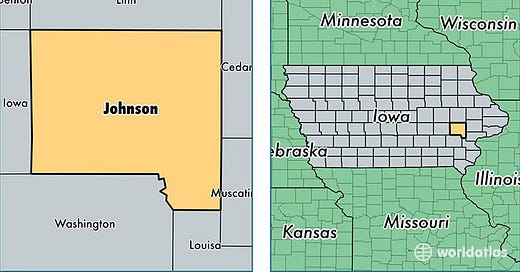


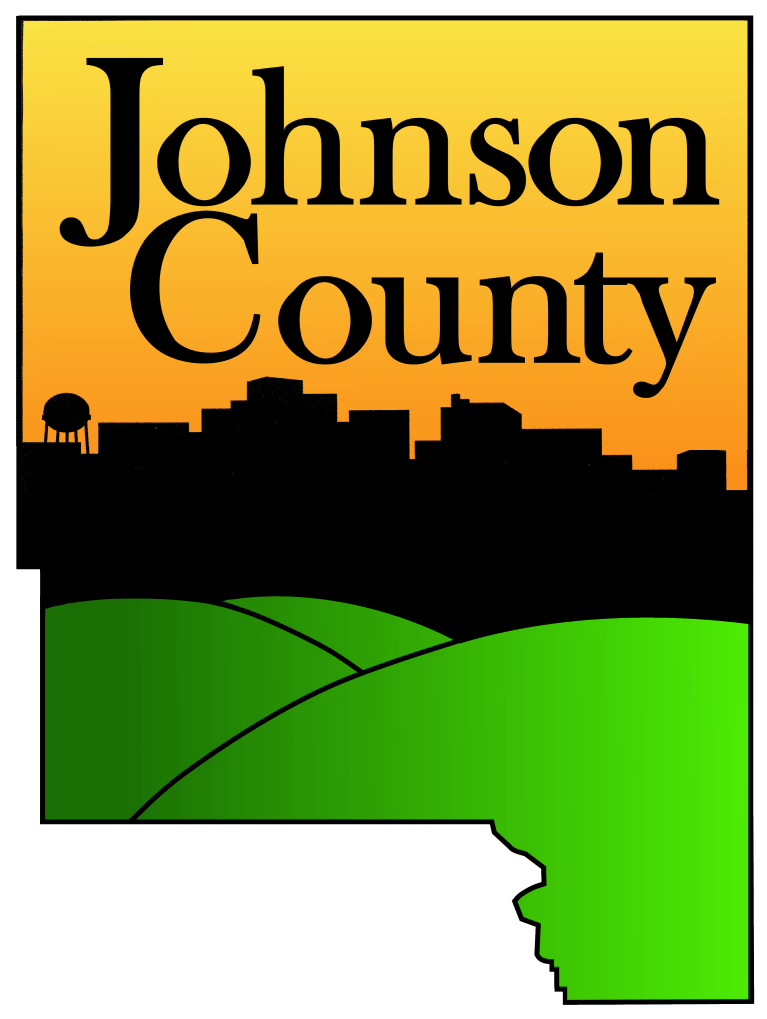
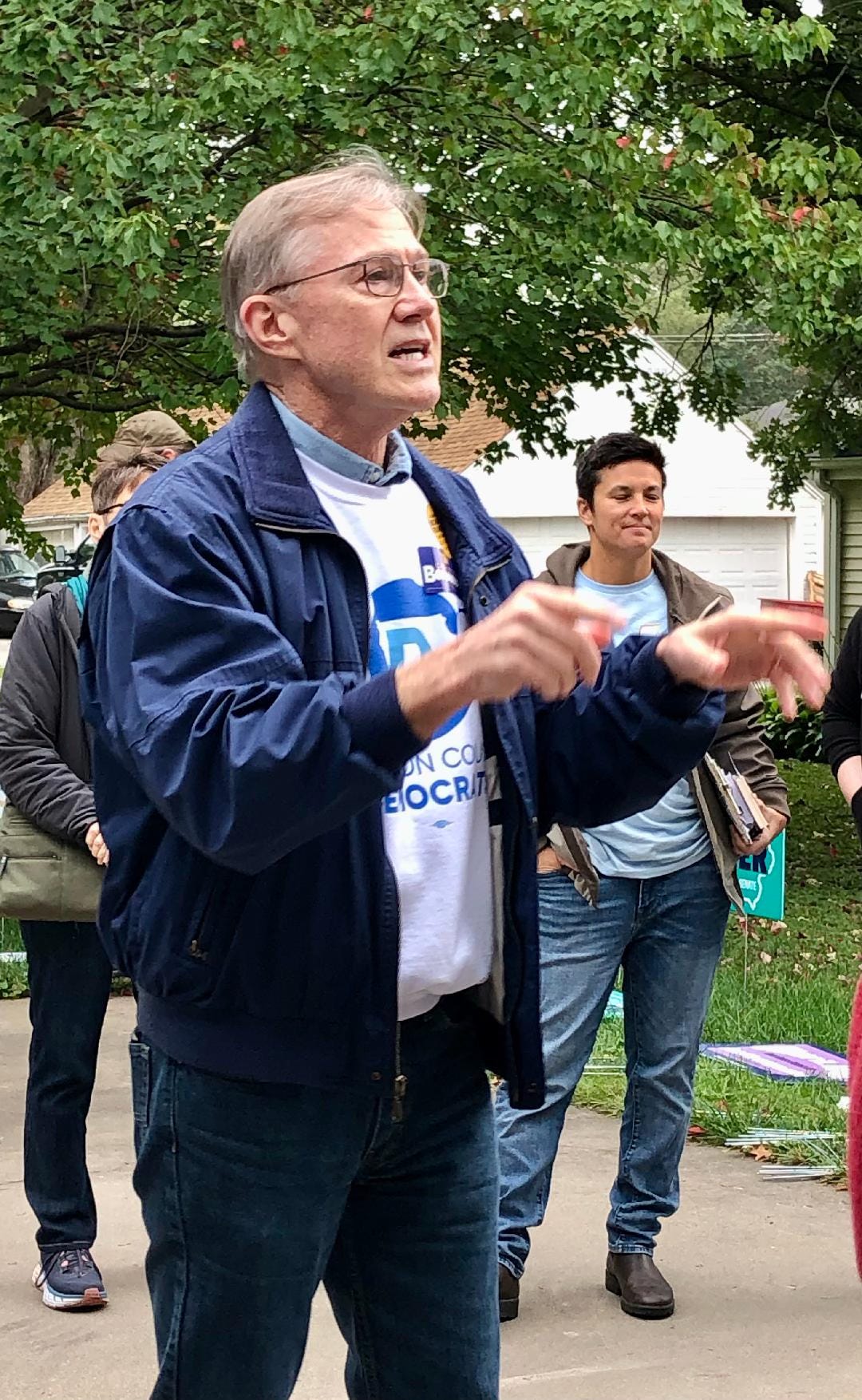
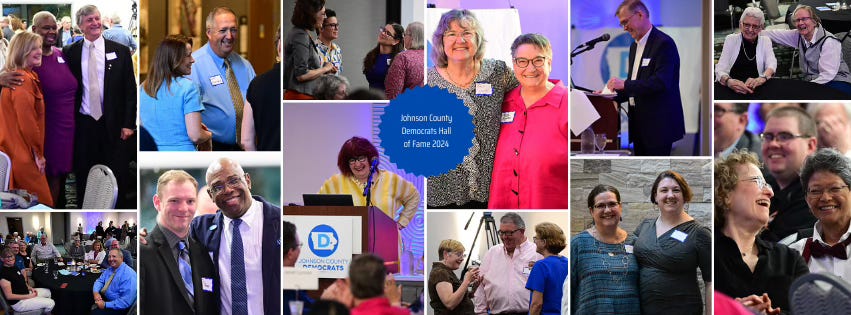
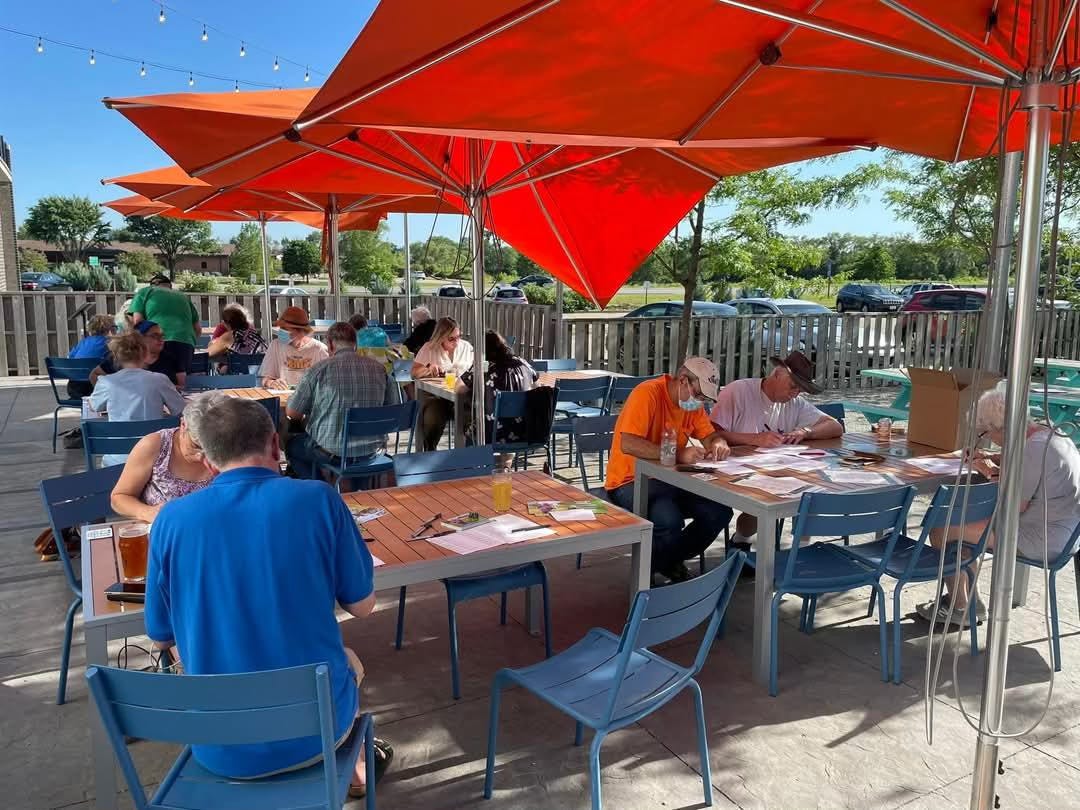
Hi, Madeline,
Another good question. Listening tours are pretty rare, so there may not be a "typical" way of paying for it. If a party has free access to a data management tool like MiniVan, there may not be significant additional costs. It can all be done on a volunteer basis.
However, to do an effective listening tour, you will need at least one person who is proficient in electoral data management and canvassing to cut turfs, decide on the script given to volunteers, train volunteers on both how to deep canvass and how to enter the info they collect, and then to analyze the data received. If a local party doesn't already have people with that expertise, then it would need to pay someone for those services.
I've asked the Johnson County Dems to record one of their training sessions in May so people can use their training in other places.
Why doesn't everyone do off-year listening tours? I didn't even know that was a thing! What do the logistics of that effort look like when it's not centered on an election date?